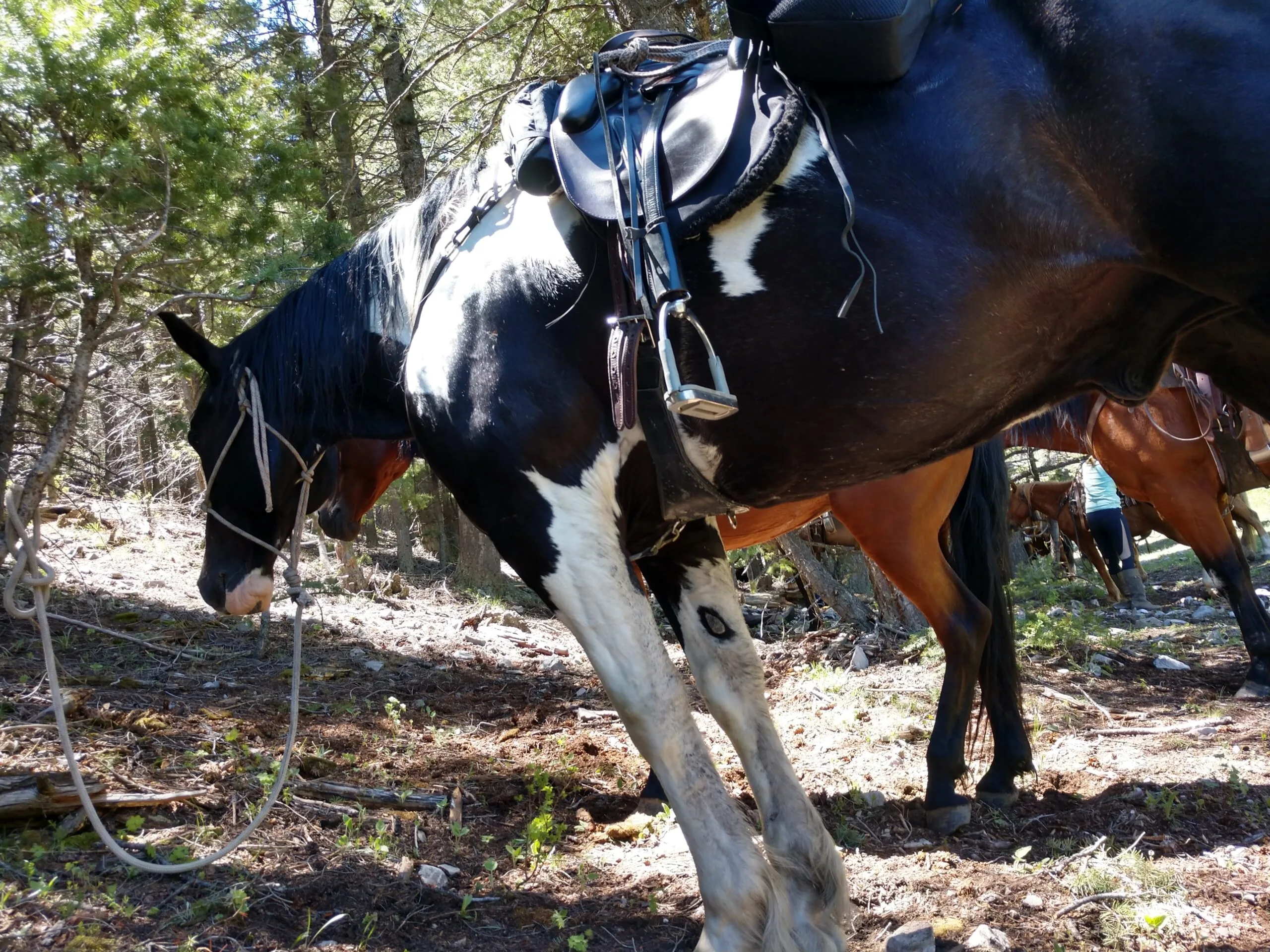Flex Panel Saddles: Addressing the Misconceptions
The Discussion That Sparked This Post
Recently, I engaged in a brief discussion in a Facebook group regarding misconceptions that surround the flexible panels that are used on Evolutionary Saddles. The group’s admin raised concerns about the saddle’s functionality, comparing it to conventional saddles with their rigid trees. They cited the long history of poorly engineered panels that broke down and caused harm to horses.
These concerns are valid, but dismissing the evolution of the concept entirely due to past failures is a missed opportunity.
My Experiences
As a saddler who rides in my own creations, I’ve witnessed firsthand the benefits of Evolutionary Saddles and the System X panel design. Here, I’ll address the misconceptions and explain why this innovation is worth considering.
An Invitation to Experience the Difference
I’ve invited skeptics to ride with me in one of my saddles or, if distance is an issue, to try one if they ever get the chance. Evolutionary Saddles are engineered with both horse and rider in mind, offering a blend of comfort, functionality, and safety.
Early Encounters with Flex Panel Saddles
Over 35 years ago, I encountered my first flex panel saddle at the Midwest Horse Fair. The concept was intriguing but flawed. Early designs, such as the first-generation Ortho-Flex saddles, were crude. They featured single-layer delrin panels bolted to a fixed tree, which failed to redistribute weight effectively or adapt to a horse’s motion. These shortcomings led to skepticism about the entire category of flex panel saddles.
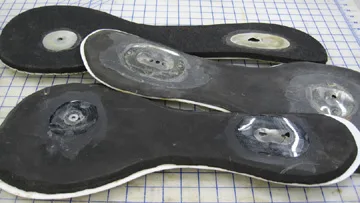
The Evolution of the System X Panel
Cathy Tauer’s innovative approach revolutionized the concept of panel saddles. She asked a crucial question: Why can’t we do better? The result was the System X panel, which redistributes weight across a larger surface area and accommodates a horse’s natural movement. This design eliminates the pointed pressure and rigidity of earlier models.
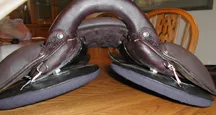
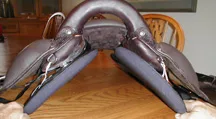
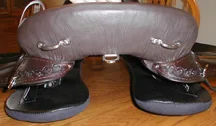
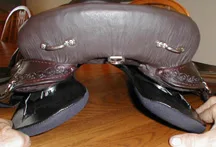
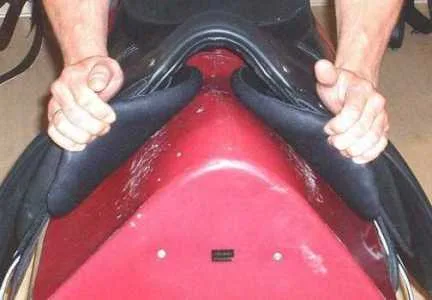
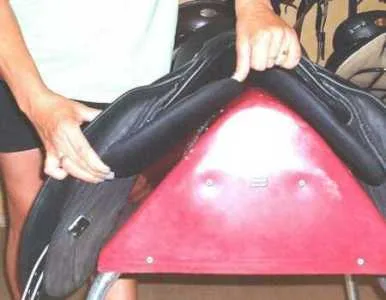
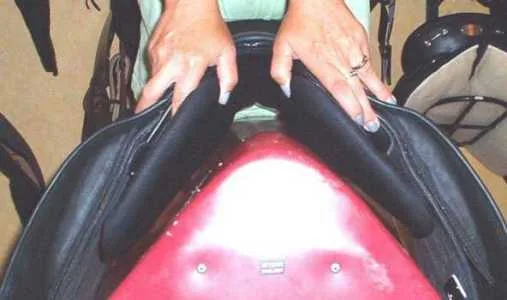
The System X panel uses layers of delrin, a material known for its durability and memory. Each layer is designed to distribute weight progressively, while the front of the panel features “fingers” that allow the scapula to move freely. This ensures both comfort and performance for the horse.
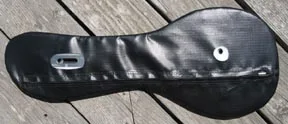
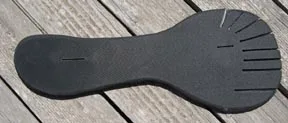
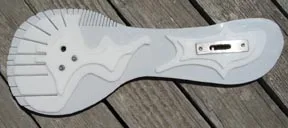
My Personal Journey with Evolutionary Saddles
When I purchased my first Evolutionary Saddle in 2014, I was skeptical but hopeful. After riding over 20 horses of various shapes and sizes that summer, I was convinced. The saddle fit consistently well, allowing horses to move freely with no signs of discomfort. Even cinchy horses became more relaxed after just a few rides.
A major test came during a week-long horse drive in Idaho. My riding companion and I used Evolutionary Saddles, while others relied on conventional saddles. By the end of the week, our horses were the only ones without sore backs.
Addressing Common Concerns
Some riders worry that panel saddles create a “perched” feeling, distancing them from the horse. My experience has been the opposite. The deep seat and customizable options, such as a soft seat for a narrower twist, provide a secure and close connection.
Conclusion
Evolutionary Saddles are designed for riders who prioritize their horse’s comfort and their own. Whether you ride for pleasure, endurance, ranching, or competition, a well-fitting saddle enhances the experience for both horse and rider.
Dismiss the myths and discover the innovation of the System X panel. Your horse deserves a saddle that works with them, not against them. If you’re curious, reach out or explore our website to learn more.
This is what Evolutionary Saddles focuses on, function, form and comfort for both horse and rider.

